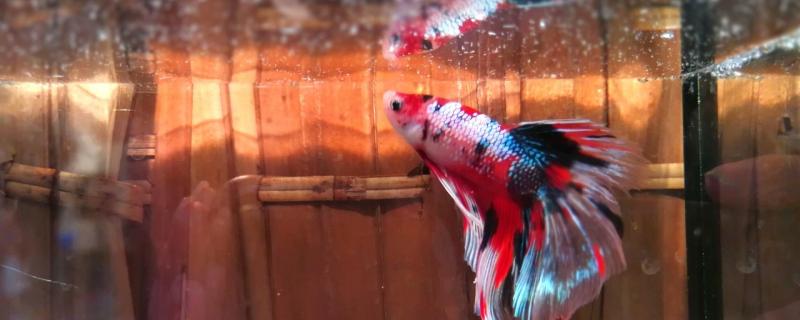 1. Change water in time
1. Change water in time 1. Reason: The tail bifurcation of Thai betta fish may be due to poor water quality. Although they can adapt to a wide range of water quality, the water quality is too dirty, which will also lead to their tail bifurcation.
2. Treatment: Breeders need to change water immediately, but pay attention not to change all the water. It is best to change one third of the water a day for three consecutive days, and the water quality can be kept fresh.
2. Breeding separately1. Reason: The bifurcated tail of Thai betta fish may also be due to fighting. They have strong territorial awareness and are prone to fighting among males. In addition, their tails are relatively large, so it is easy to cause tail injuries when fighting. If the injury is not treated in time, bacterial infection may occur.
2. Treatment: The breeder should first separate the fighting Thai betta fish, and then change the water immediately to ensure clean water quality and avoid infection. If the tail bifurcation is not serious, just change the water frequently. If the tail bifurcation is serious, it is necessary to add crude salt or oxytetracycline to the water.
3. Yellow powder medicated bath1. Reason: Thai betta fish may also suffer from unfinished tail disease, and the main cause of this disease is bacterial infection.
2. Treatment: The breeder should first replace some water to keep the water quality clean. Then melt the yellow powder into the water and let the sick fish take a medicated bath. The time of medicated bath should not be too long, and it is best to control it between 10-15 minutes. Finally, put some crude salt into the changed water to prevent bacterial infection.